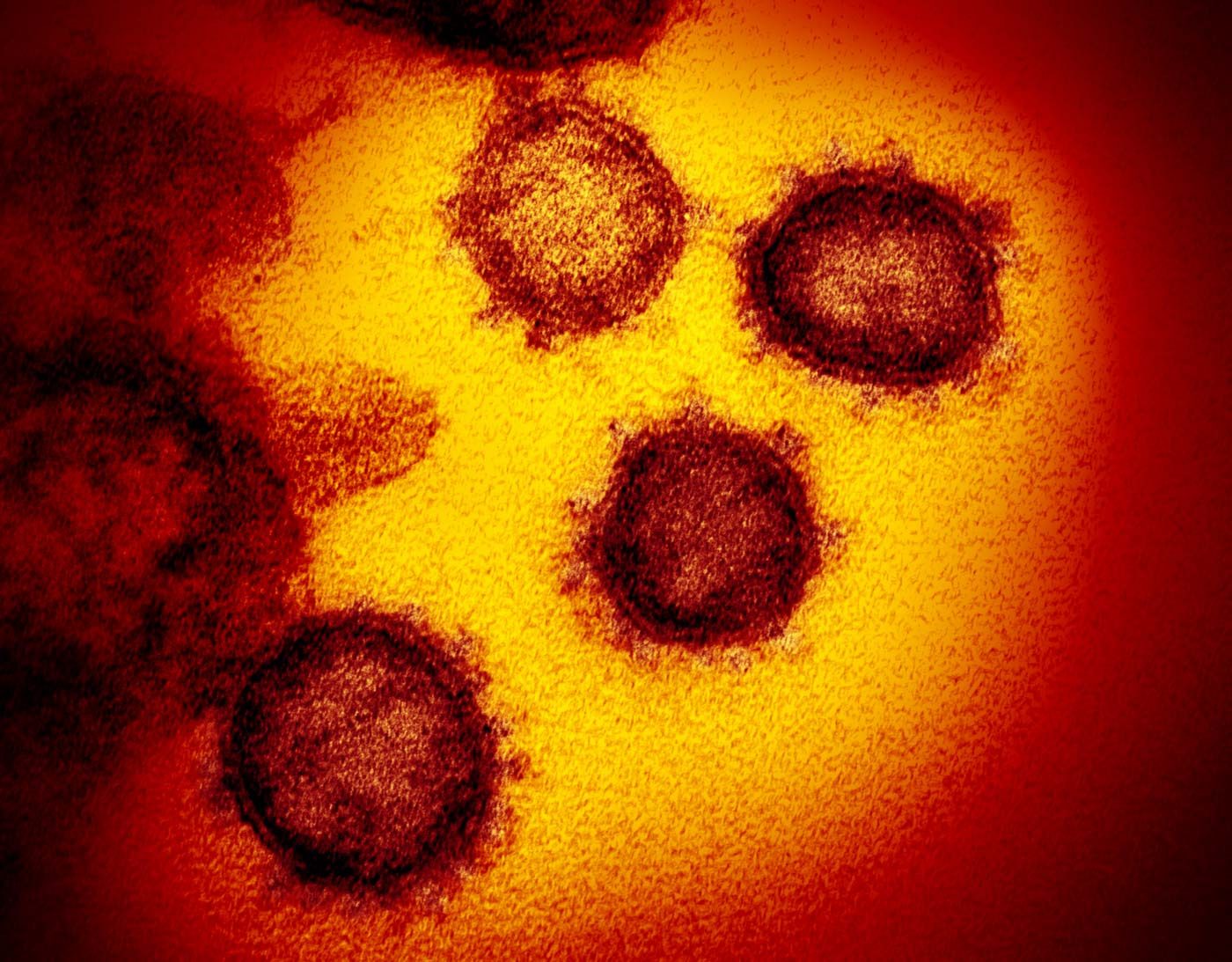SUMMARY
This is AI generated summarization, which may have errors. For context, always refer to the full article.

BEIJING, China – The death toll from the new coronavirus outbreak surged to 2,000 on Wednesday, February 19, as Chinese and international health officials warned against excessive measures to contain the epidemic.
More than 74,000 people have now been infected by the virus in China, with hundreds more cases in some 25 countries.
The situation remains serious at the epicenter, with the director of a hospital in the central city of Wuhan becoming the seventh medical worker to succumb to the COVID-19 illness.
But Chinese officials released a study showing most patients have mild cases of the infection, and World Health Organization officials said the mortality rate was relatively low.
The outbreak is threatening to put a dent in the global economy, with China paralyzed by vast quarantine measures and major firms such as iPhone maker Apple and mining giant BHP warning it could damage bottom lines.
Several countries have banned travelers from China and major airlines have suspended flights – something that Beijing’s ambassador to the EU warned was fueling panic and threatening attempts to resume business.
Russia on Tuesday said no Chinese citizens would be allowed to enter its territory from February 20.
The epidemic has triggered panic-buying in Singapore and Hong Kong, concerns about cruise-ship travel, and the postponement of trade fairs, sports competitions and cultural events in China and abroad.
Authorities have placed about 56 million people in hard-hit central Hubei and its capital Wuhan under an unprecedented lockdown.
The city was carrying out “very good public health practice” with door-to-door surveillance, said Michael Ryan, head of WHO’s health emergencies program.
Other cities far from the epicenter have restricted the movement of residents, with a 14-day self-quarantine for people returning to Beijing.
President Xi Jinping, in a phone call with British Prime Minister Boris Johnson, said China’s measures were achieving “visible progress,” according to state media.
‘Less deadly’ than SARS
The official death toll in China hit 2,000 after another 132 people died in Hubei, where the virus emerged in December.
Liu Zhiming, the director of Wuchang Hospital in Wuhan, became its latest victim, sparking an outpouring of grief online.
Earlier this month, the death of Wuhan doctor Li Wenliang – who had been punished by authorities for sounding the alarm about the virus in late December – triggered anger and calls on social media for political reform.
Official figures, meanwhile, showed there were nearly 1,700 new COVID-19 cases on Wednesday in Hubei.
New infections have been falling in the rest of the country for the past two weeks.
WHO chief Tedros Adhanom Ghebreyesus cautioned that it was too early to tell if the decline would continue.
A study among tens of thousands of confirmed and suspected cases showed that 81% of patients had only mild infections.
The study released by China’s Center for Disease Control and Prevention also showed the death rate stood at 2.3%, falling below 1% for people in their 30s and 40s.
WHO officials said the COVID-19 illness was “less deadly” than its cousins, such as Severe Acute Respiratory Syndrome (SARS) or Middle East Respiratory Syndrome (MERS).
But it is higher than the mortality rate for the seasonal flu, at around 0.1% in the United States.
Ryan said the outbreak was “very serious” and could grow, but stressed that outside Hubei the epidemic was “affecting a very, very tiny, tiny proportion of people.”
There have been some 900 cases around the world, with 5 deaths in France, Japan, the Philippines, Taiwan, and Hong Kong.
Another 88 people tested positive for the virus on the quarantined Diamond Prince cruise ship off Yokohama in Japan, raising the number of those infections to 542.
The US has repatriated more than 300 American passengers and Britain became the latest country to offer its citizens a way off the ship after similar plans by Canada, Australia, Hong Kong, and South Korea.
And around 500 passengers were to leave the vessel on Wednesday after testing negative for the virus. – Rappler.com
Add a comment
How does this make you feel?
There are no comments yet. Add your comment to start the conversation.